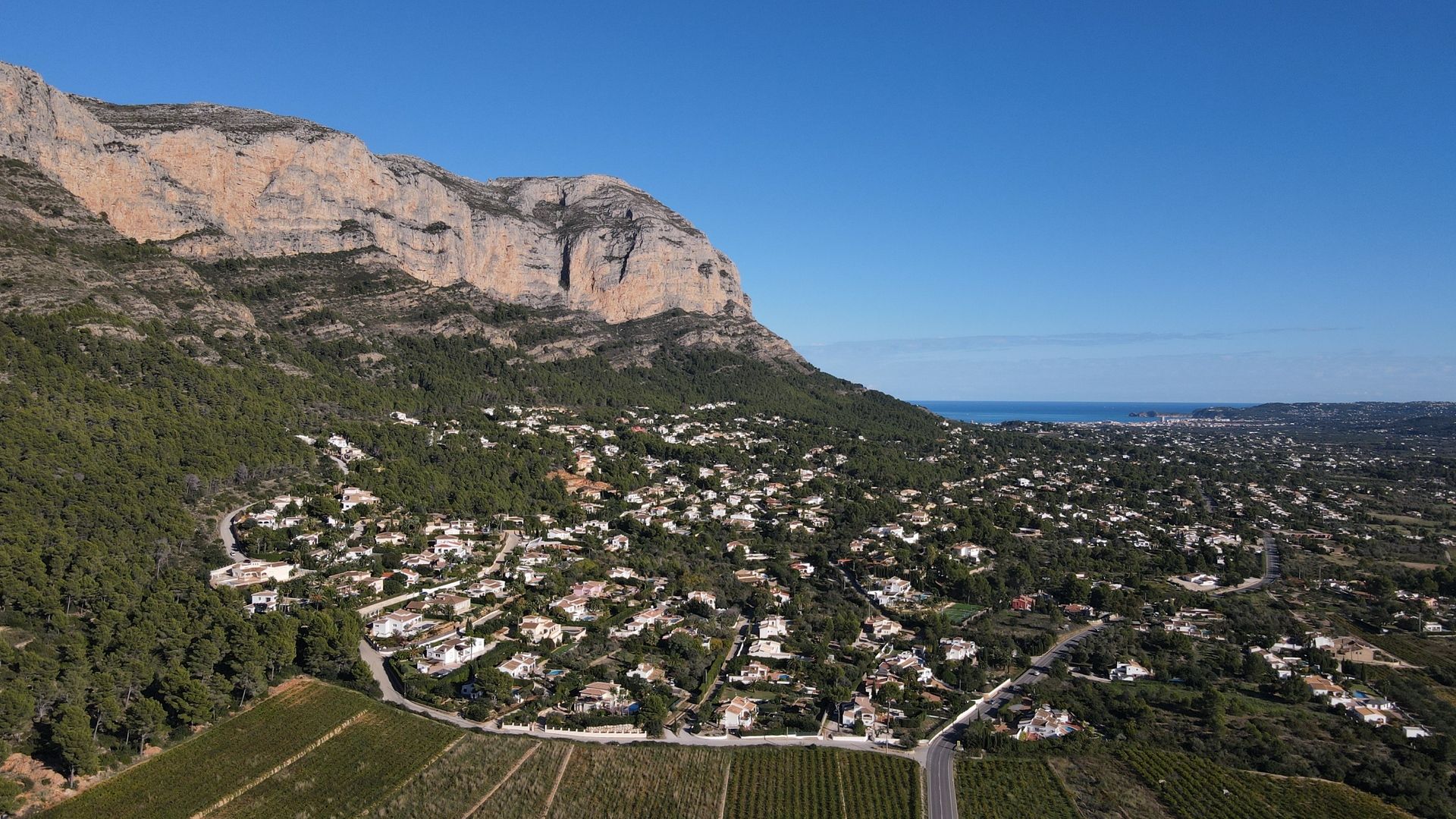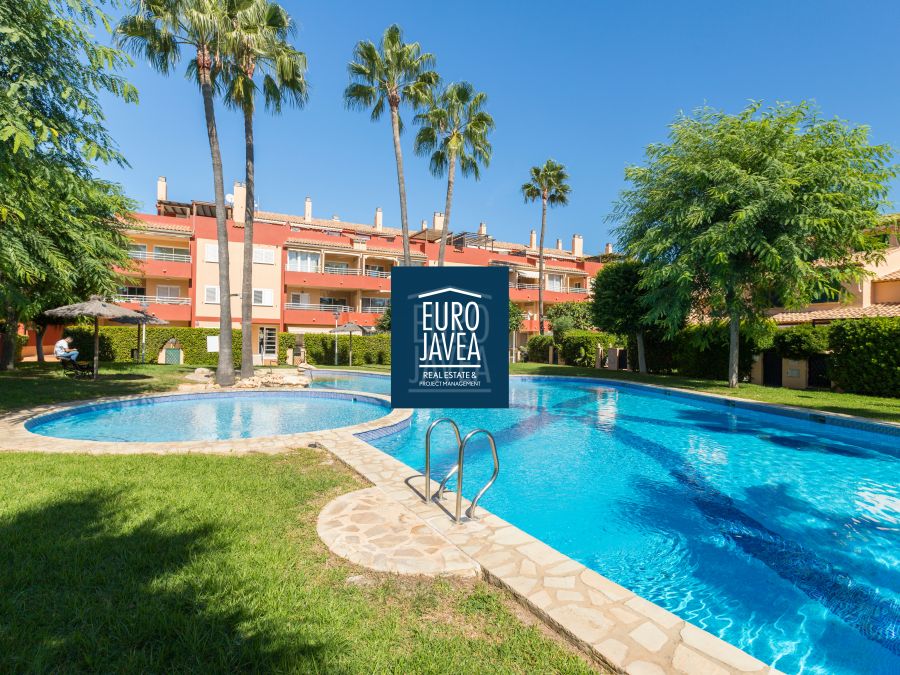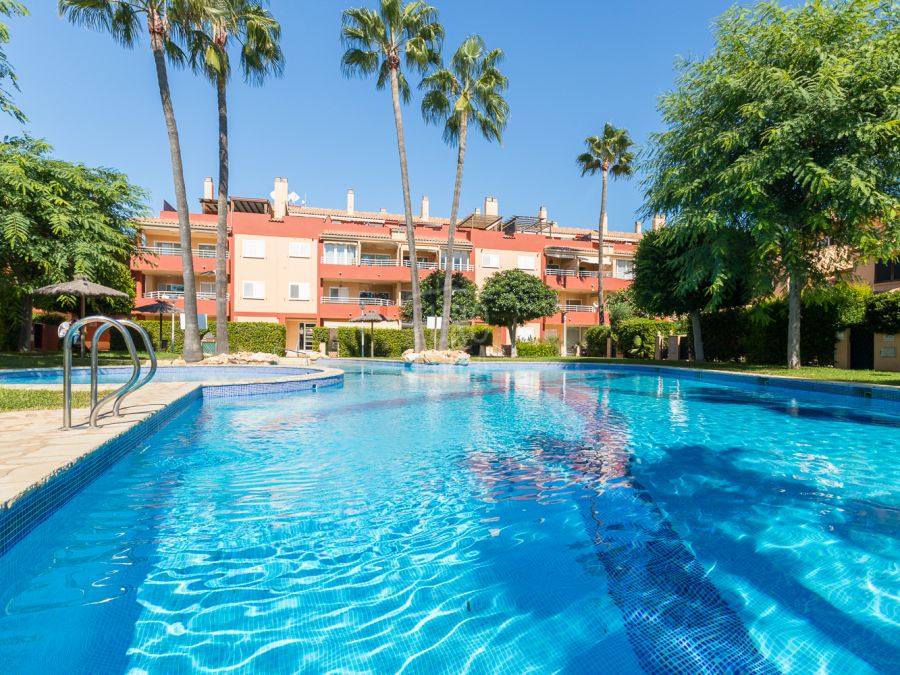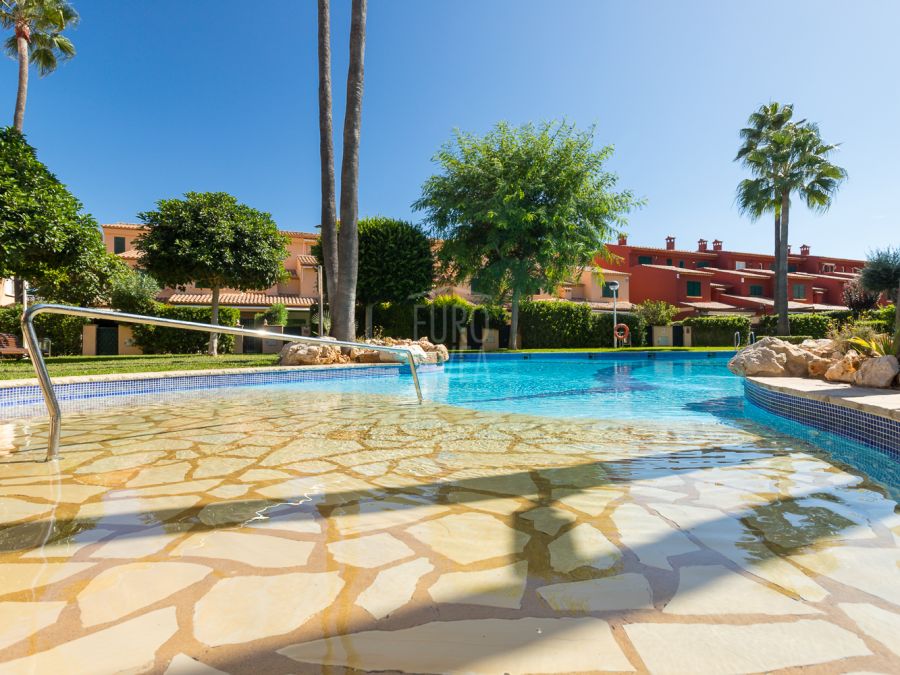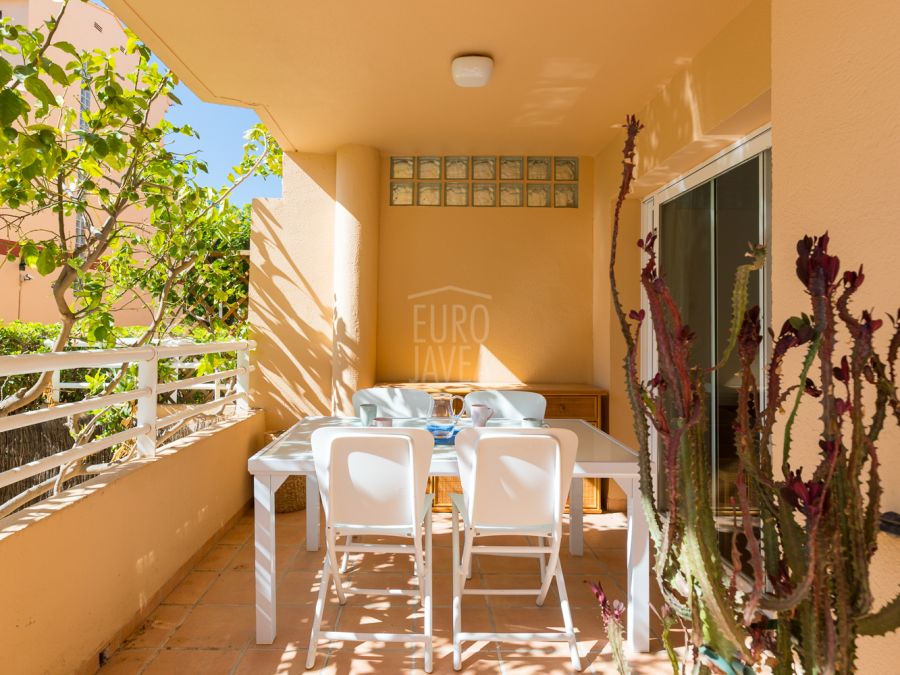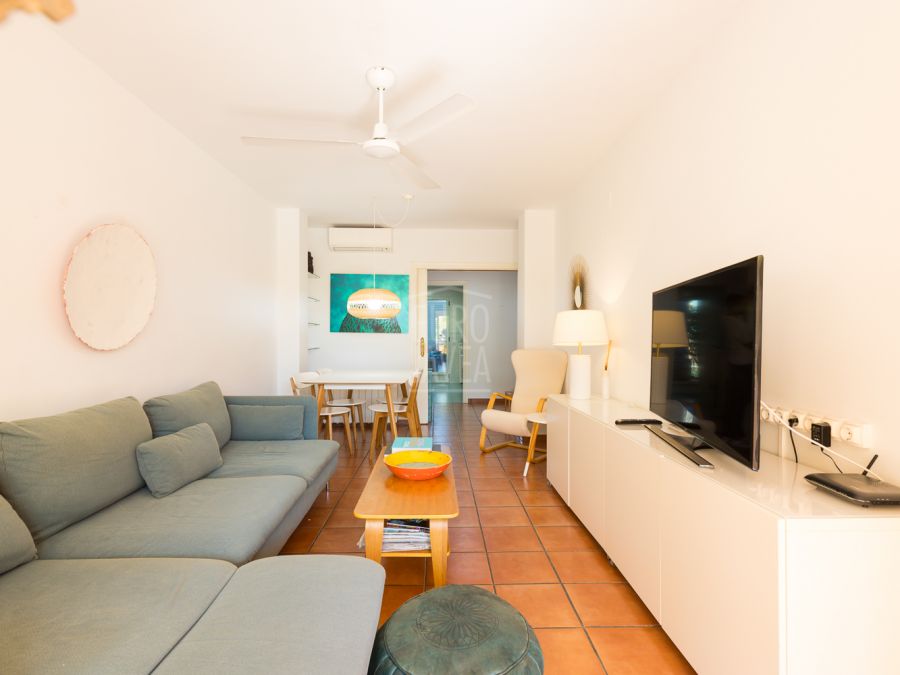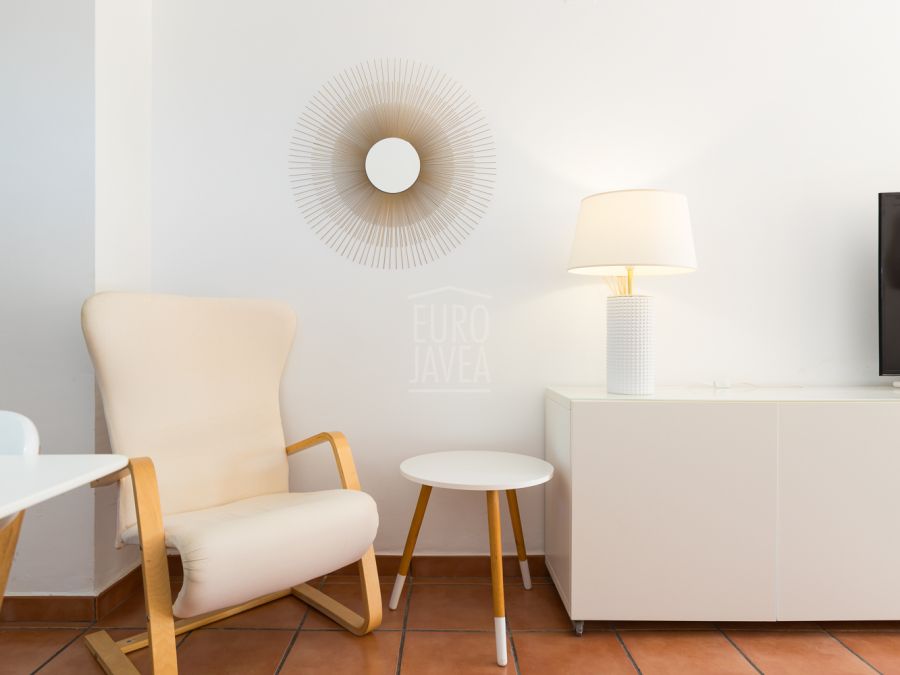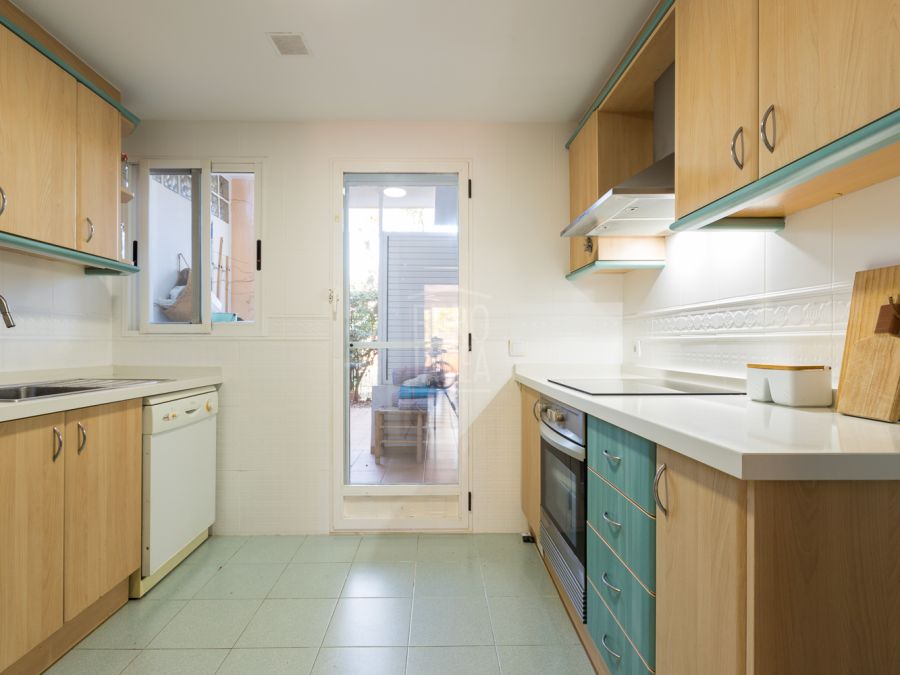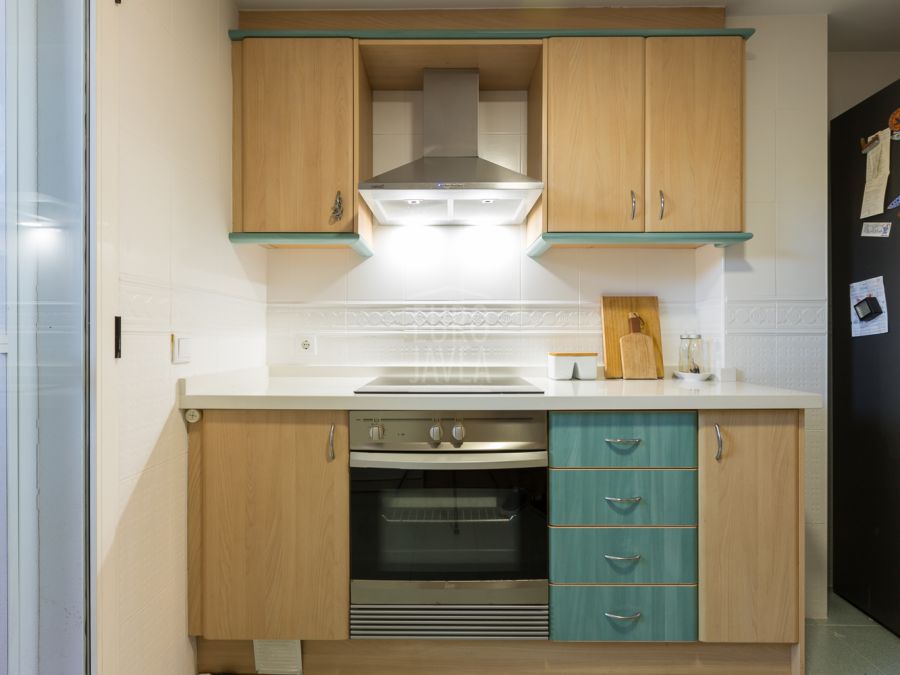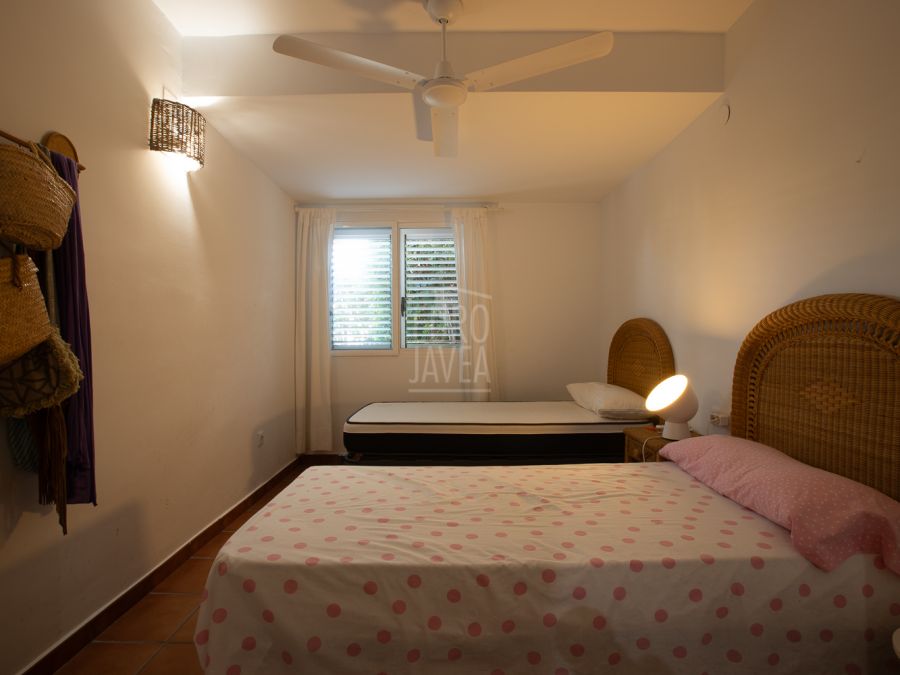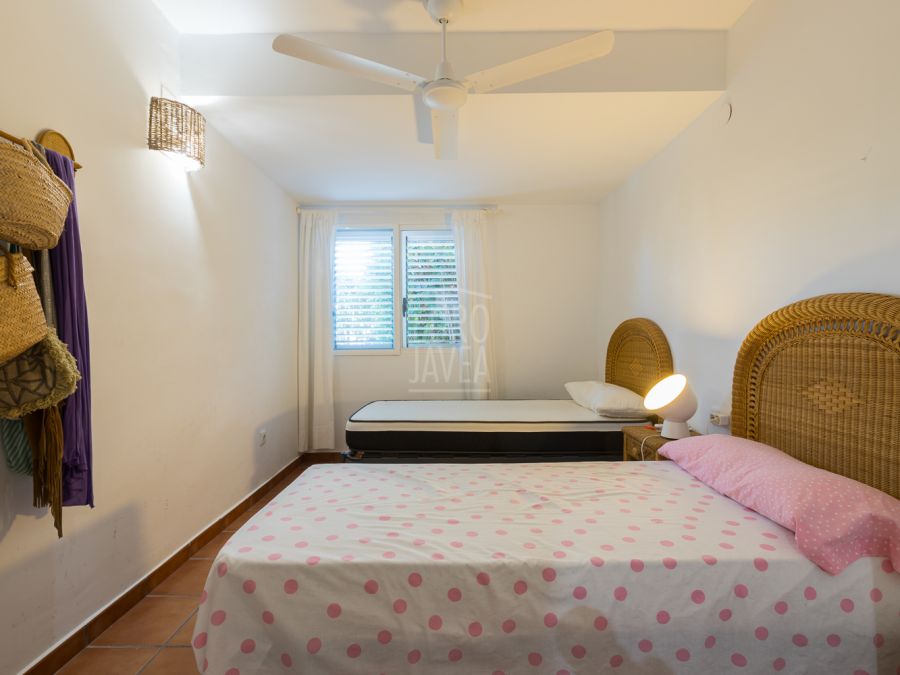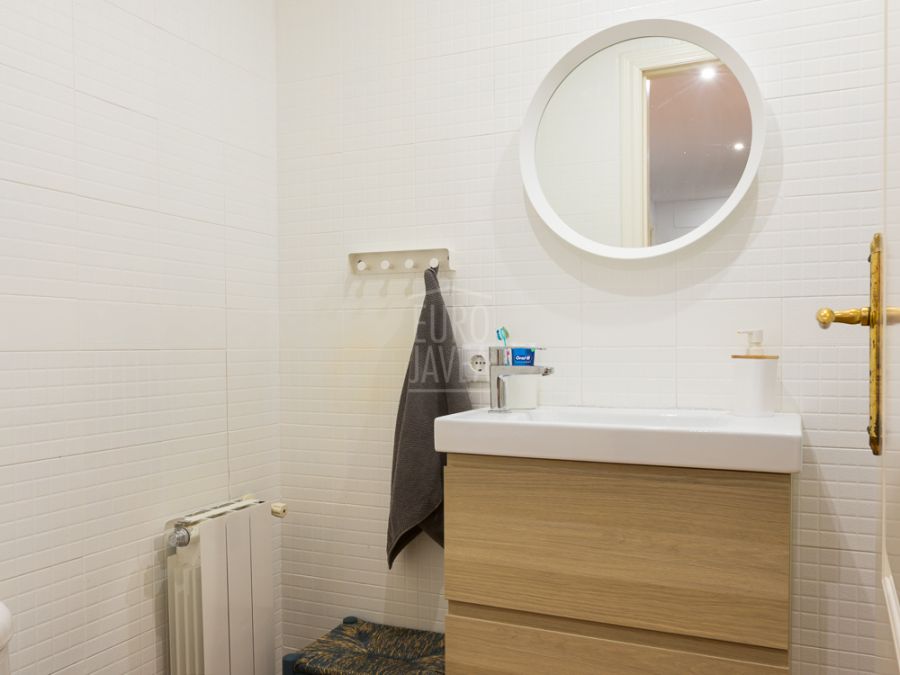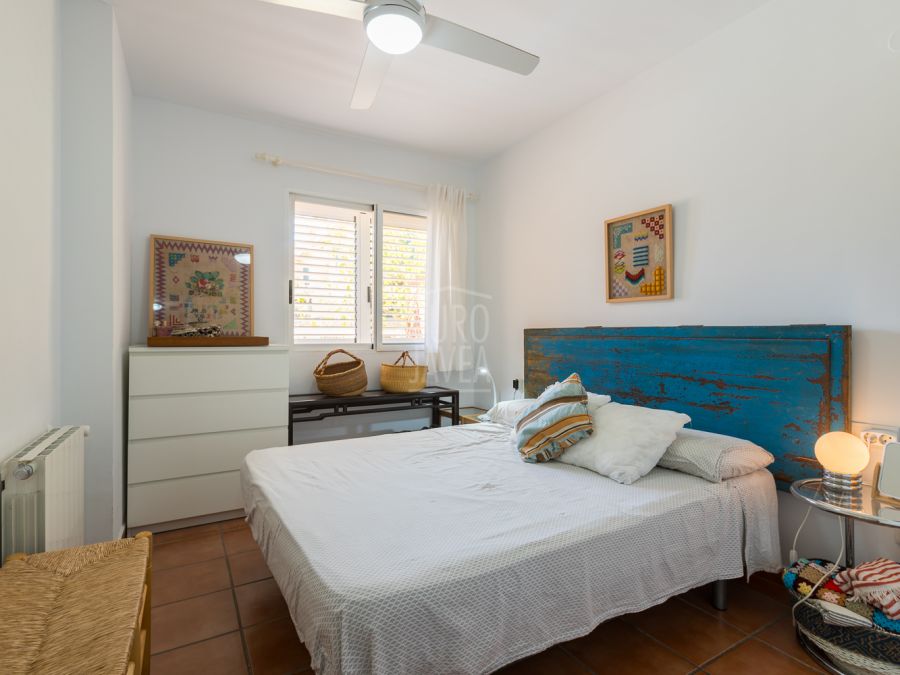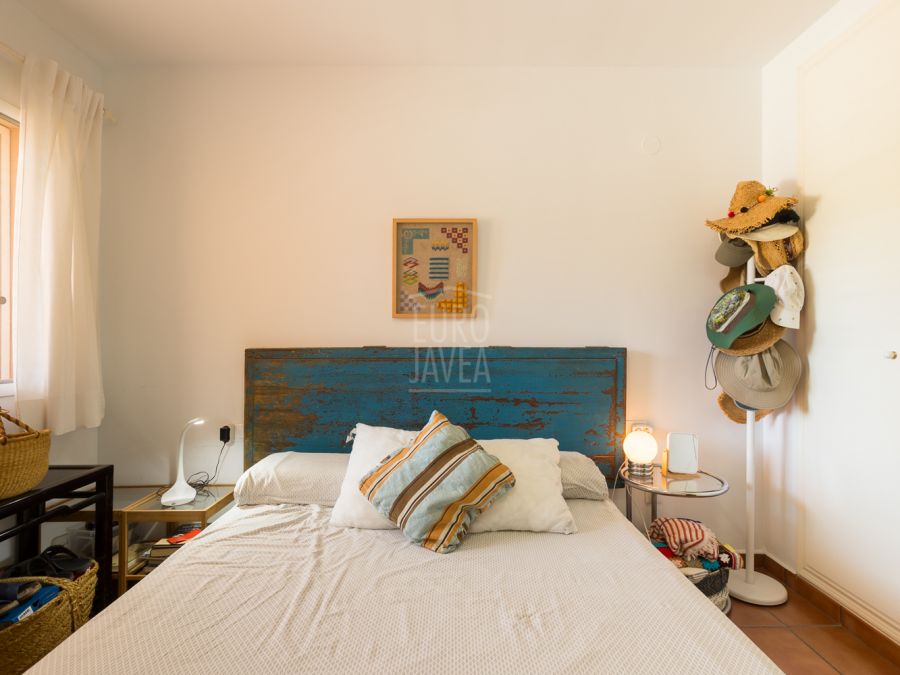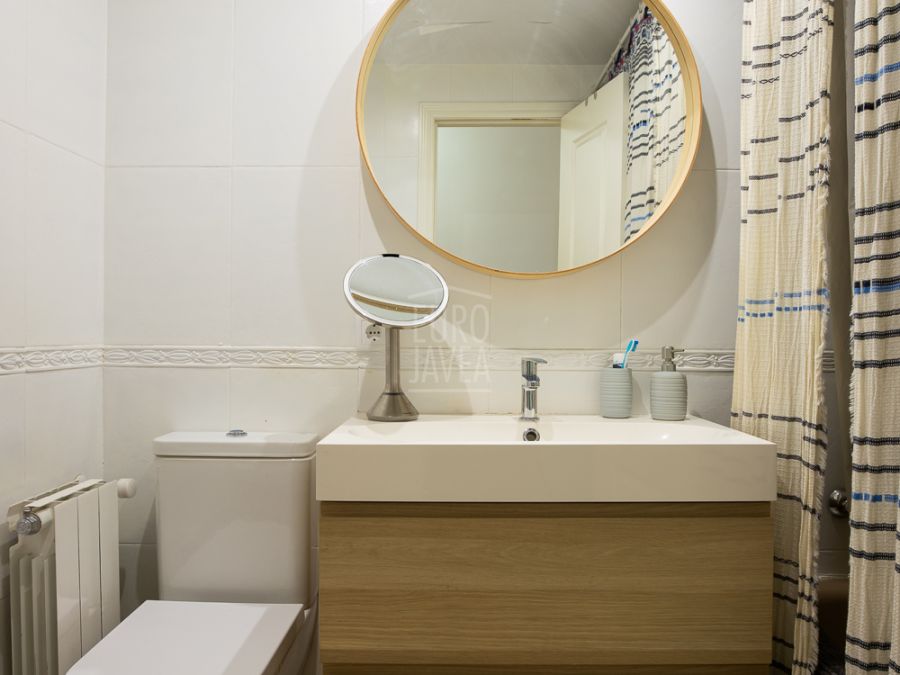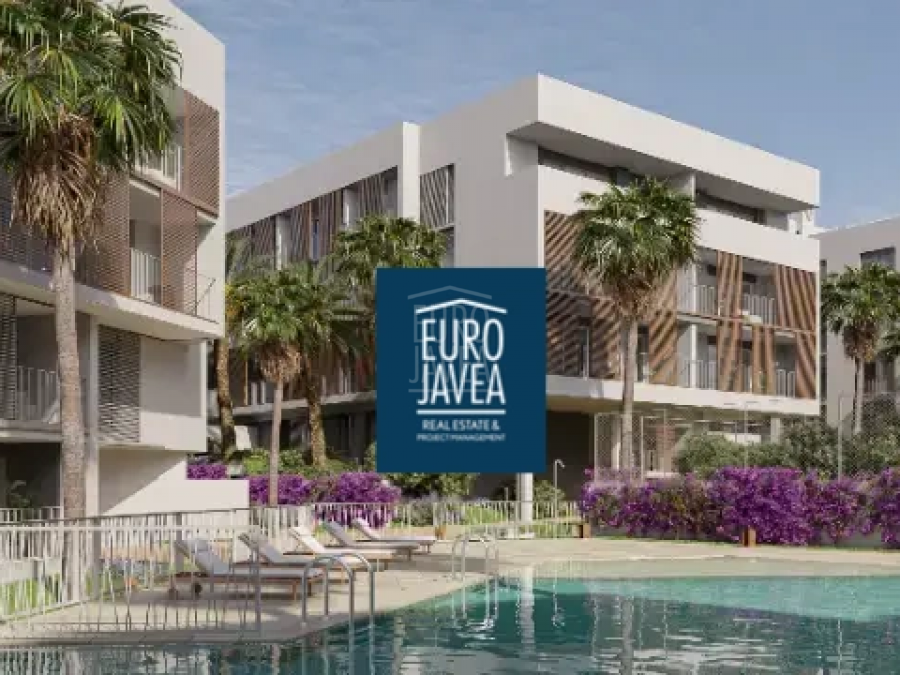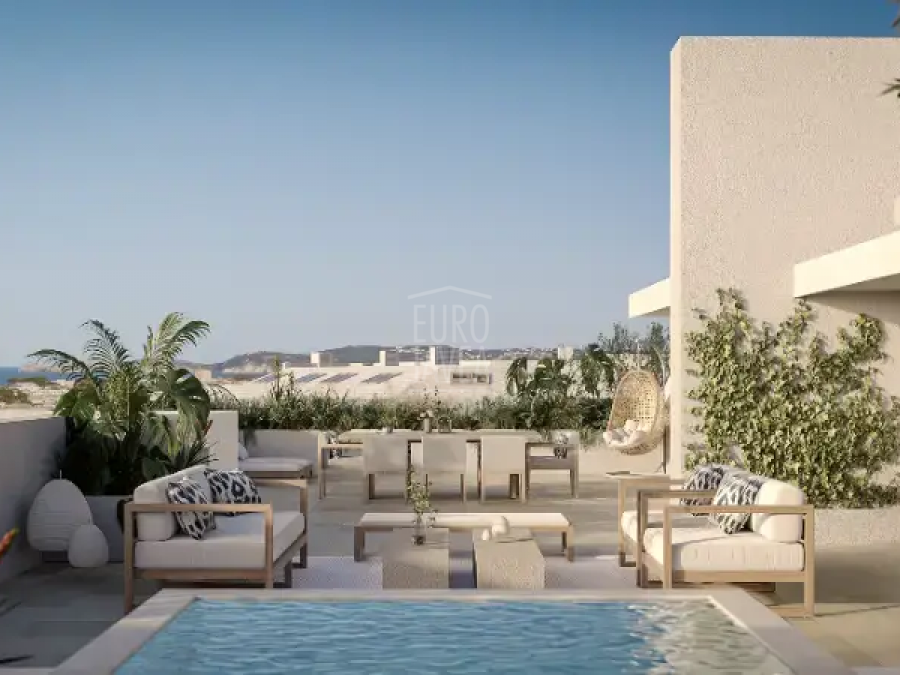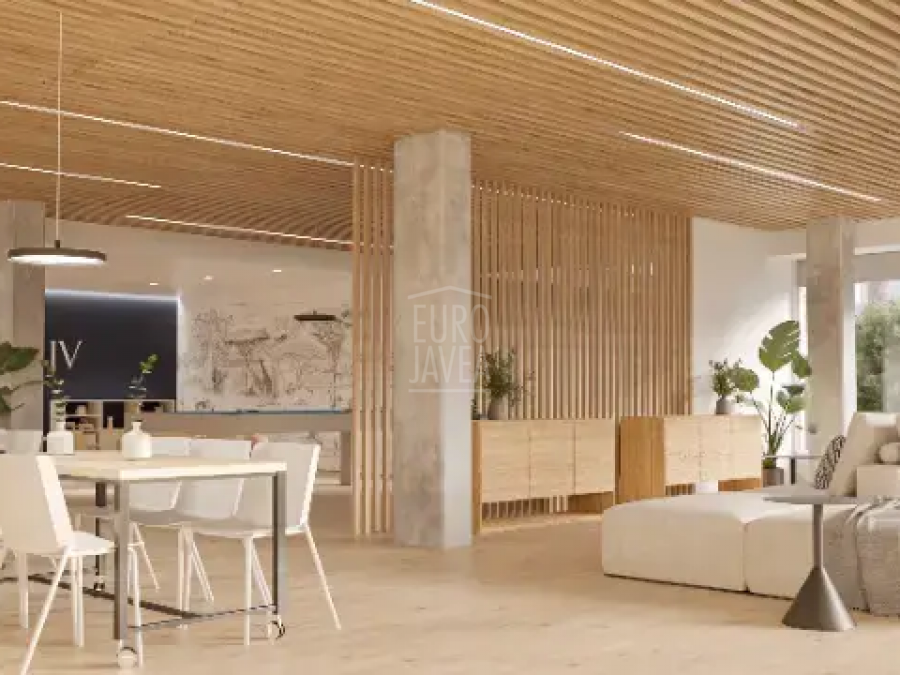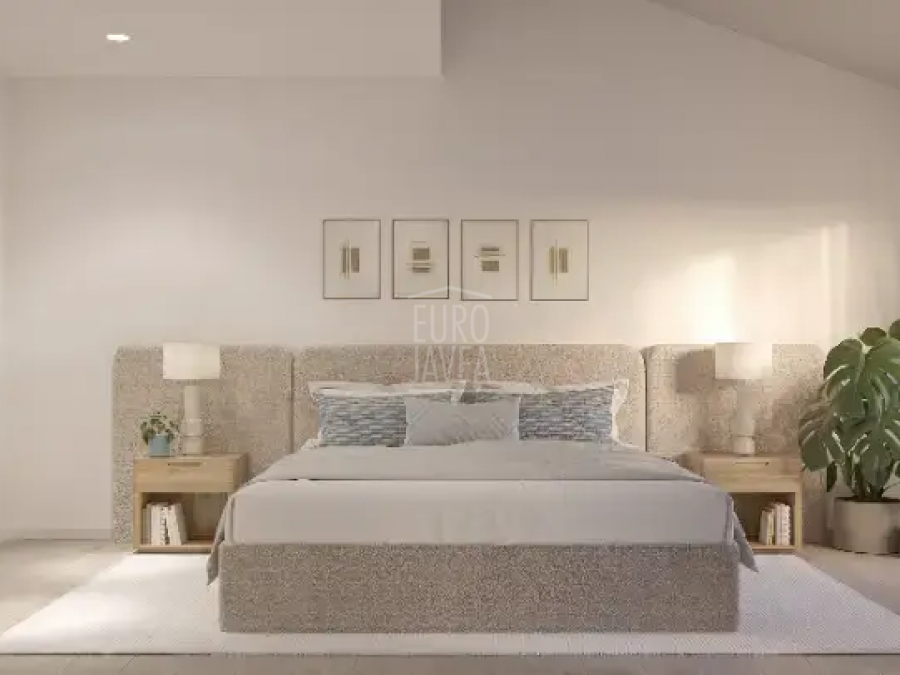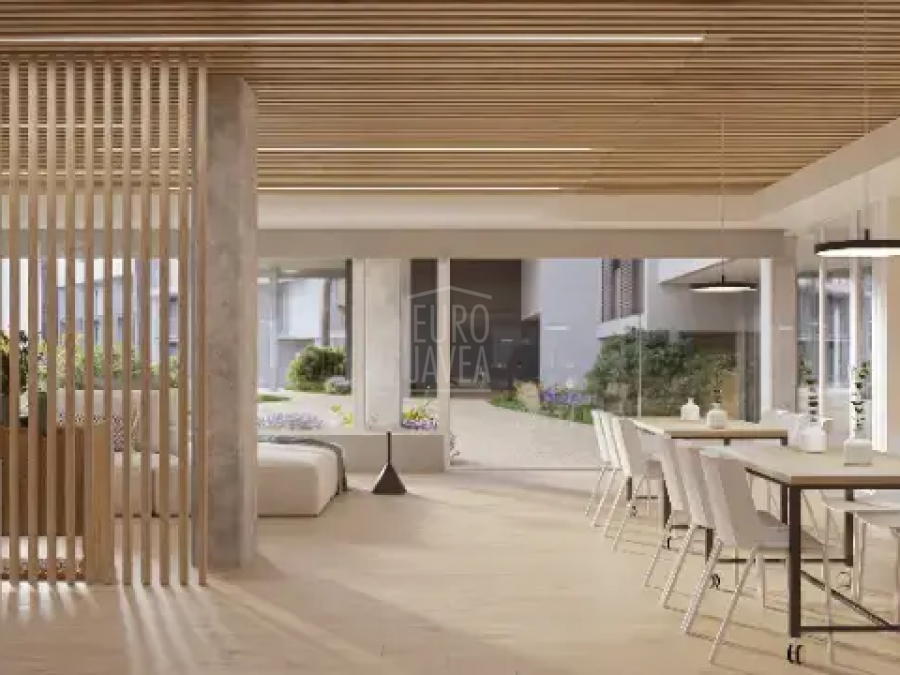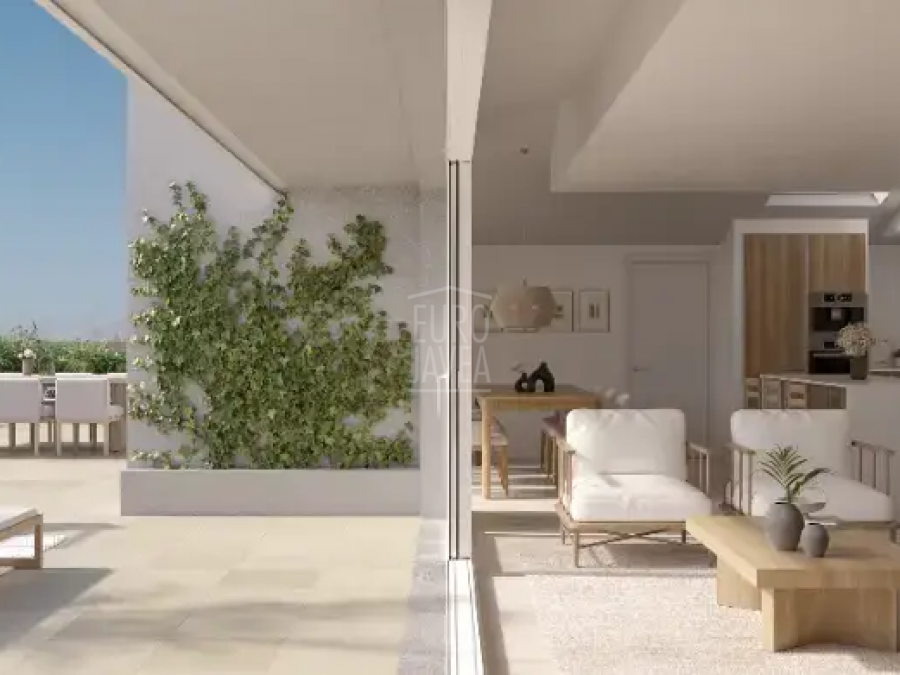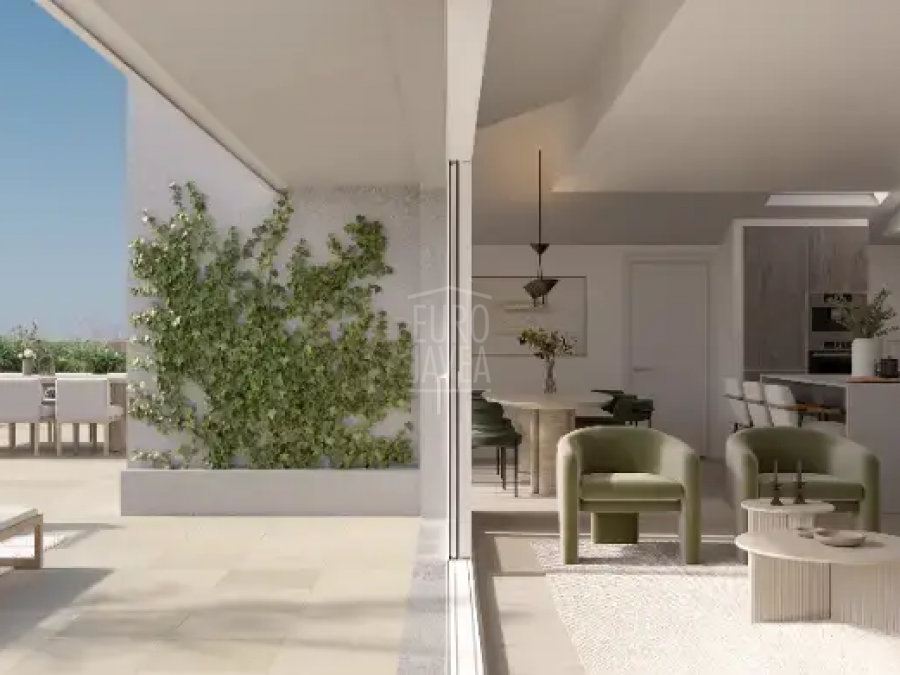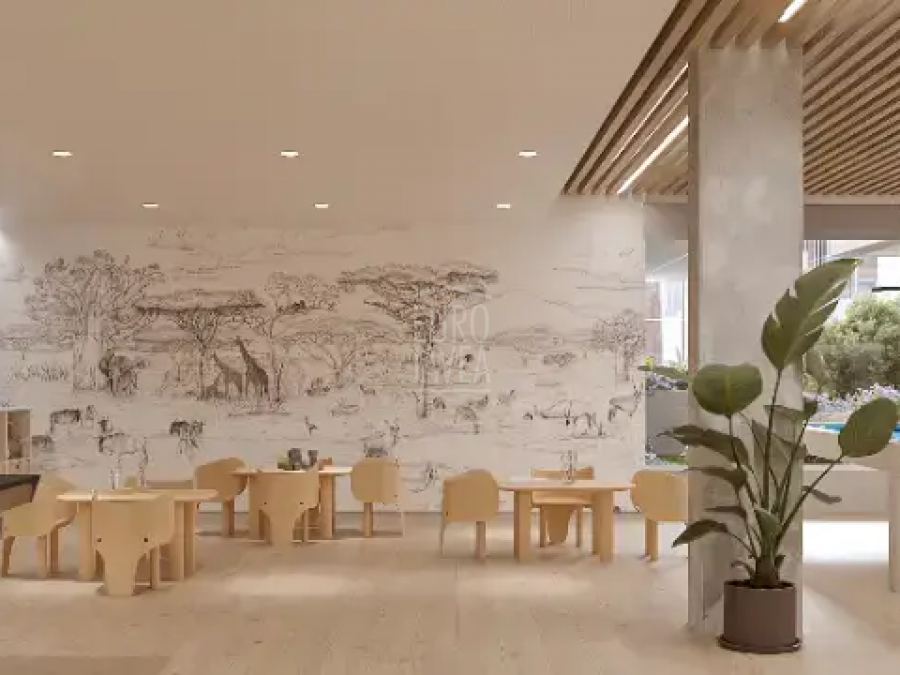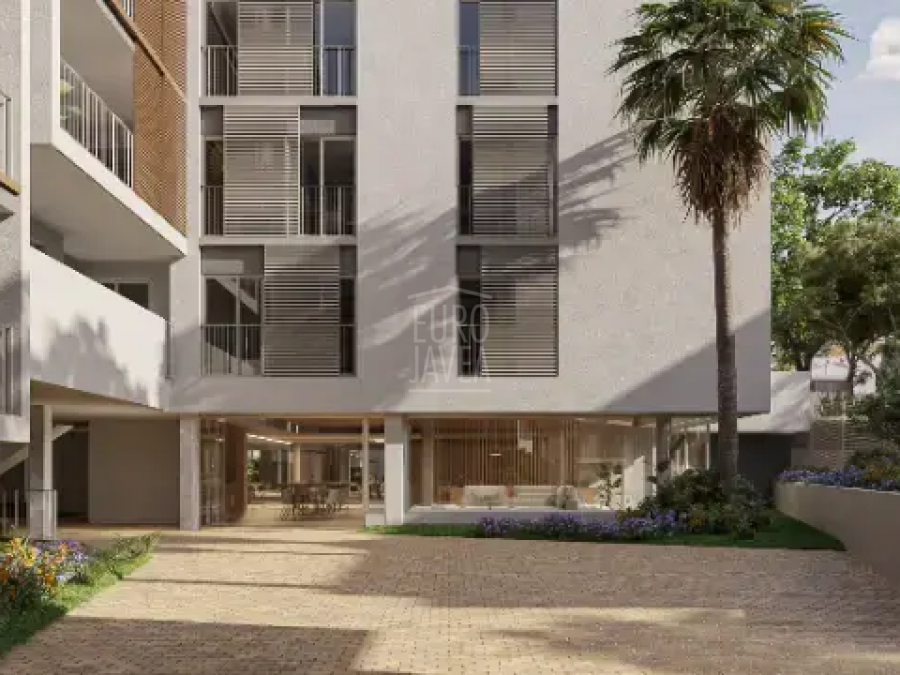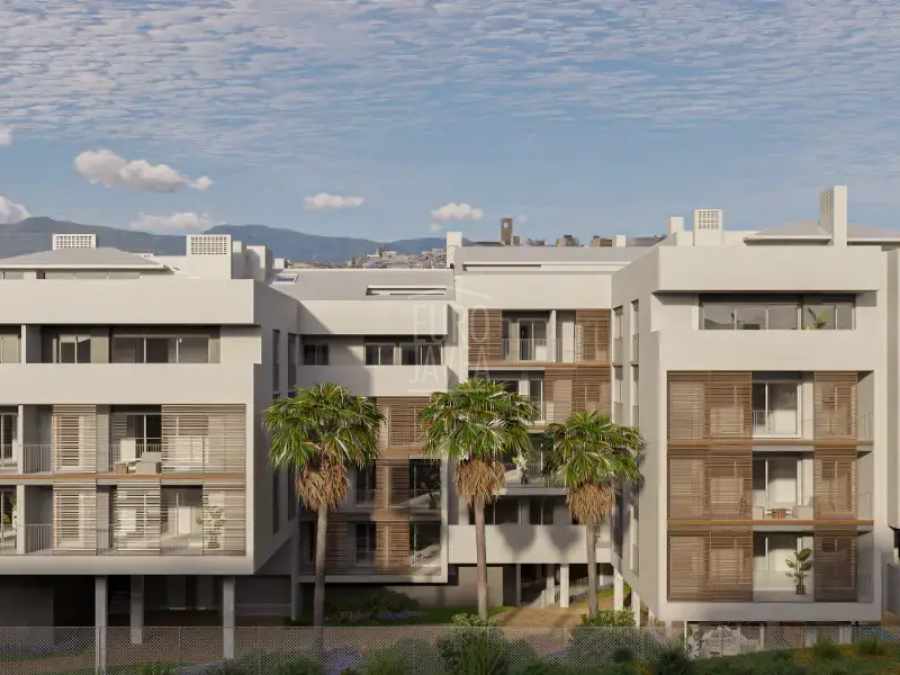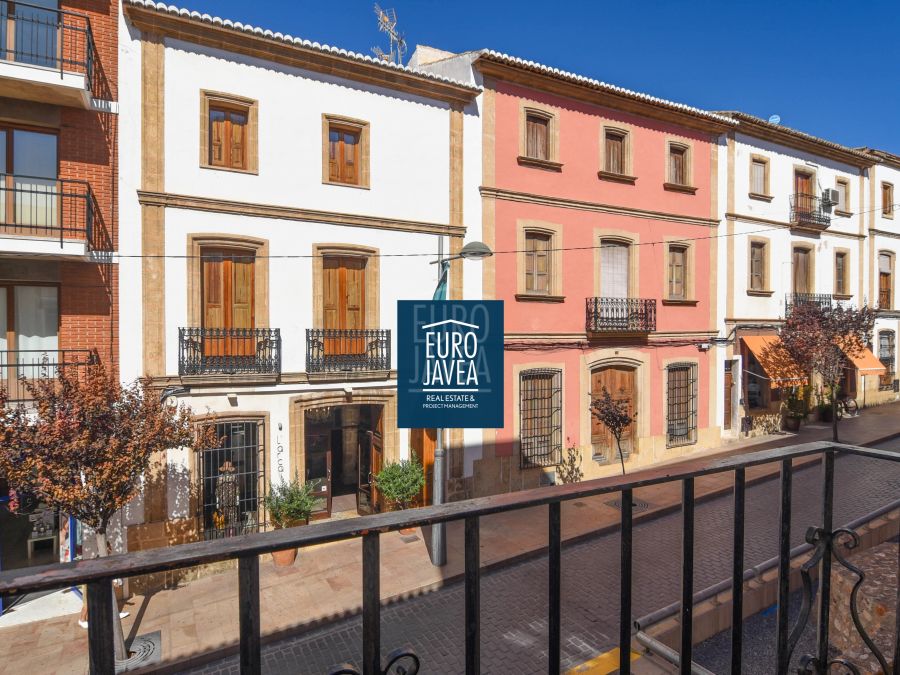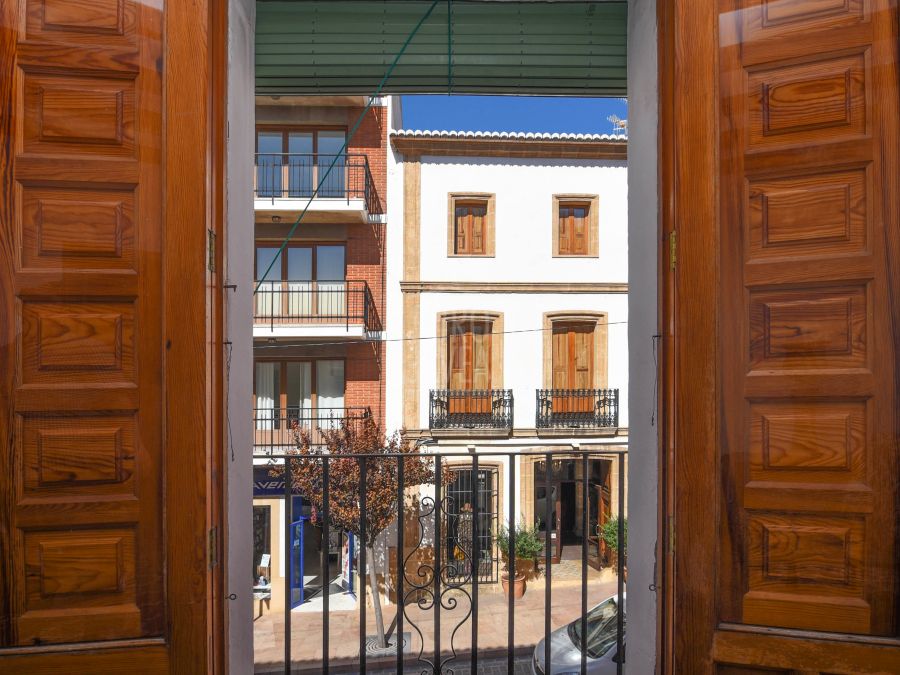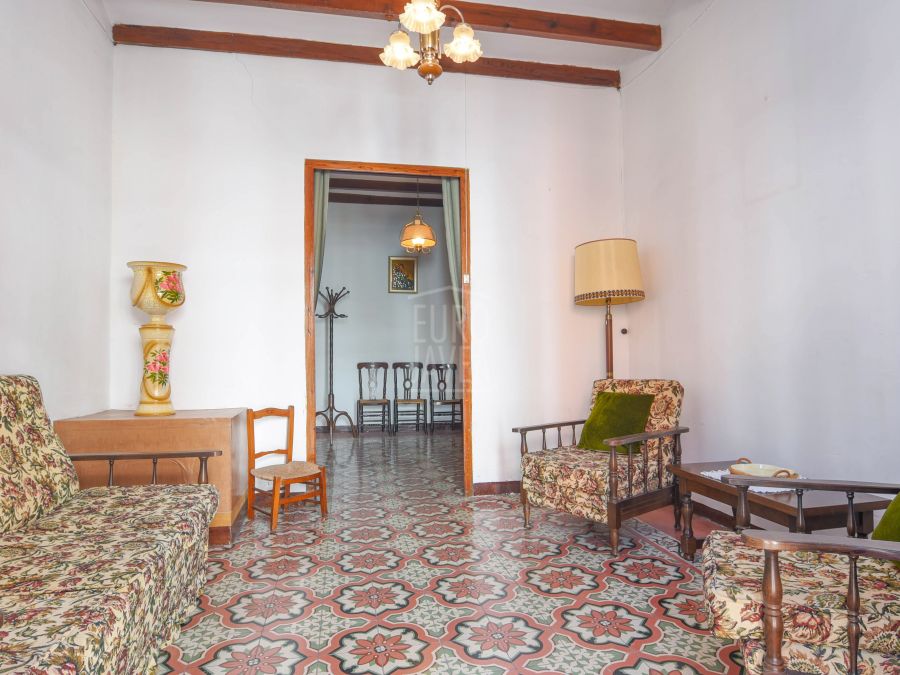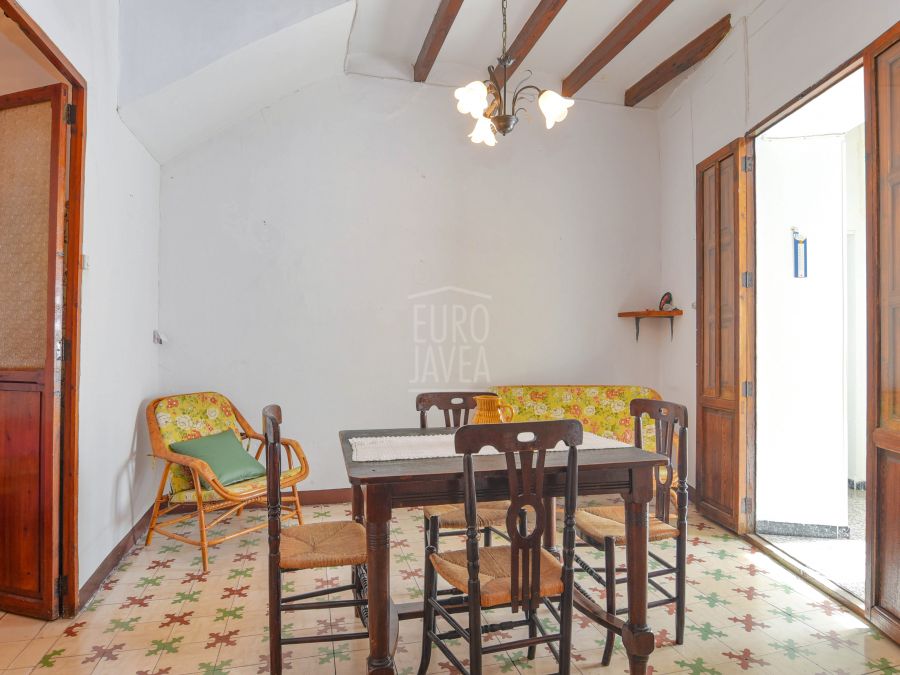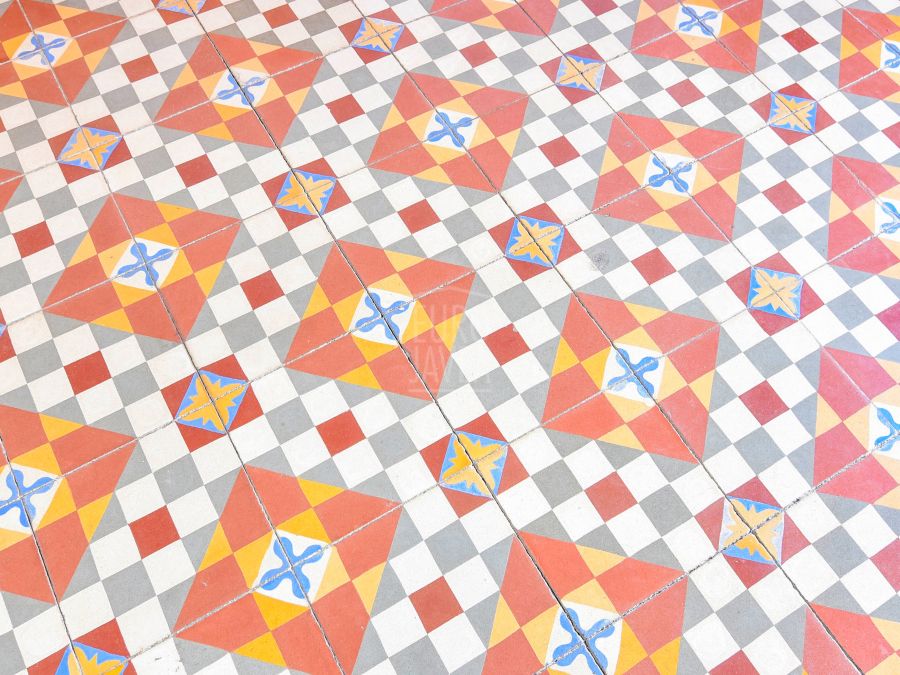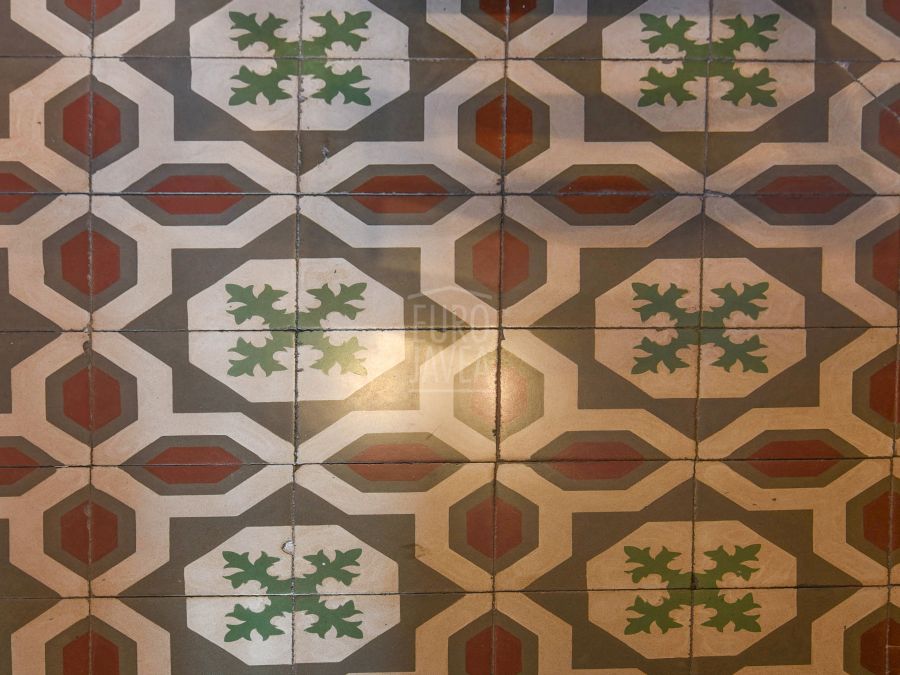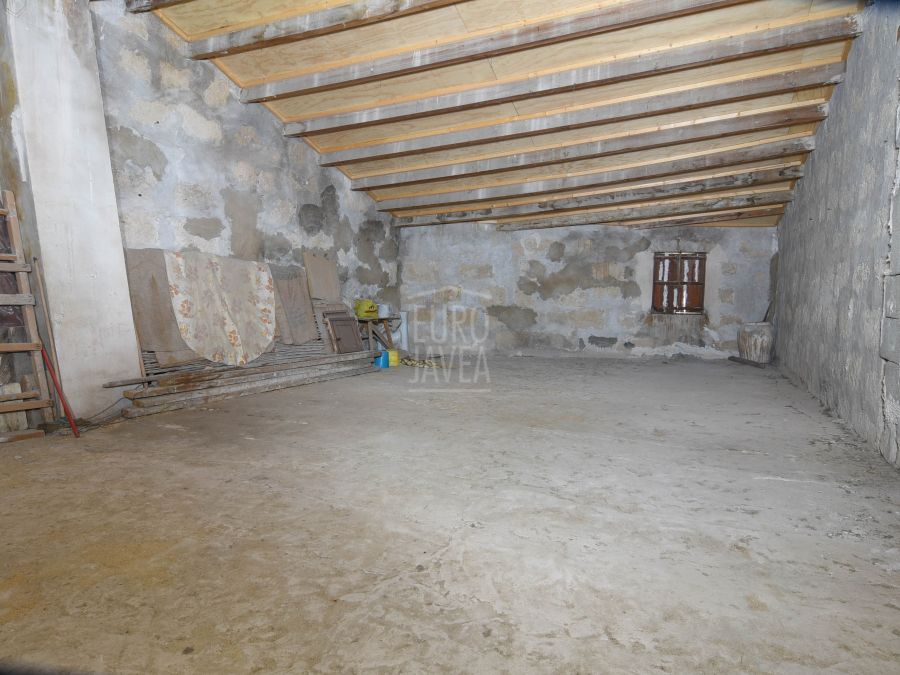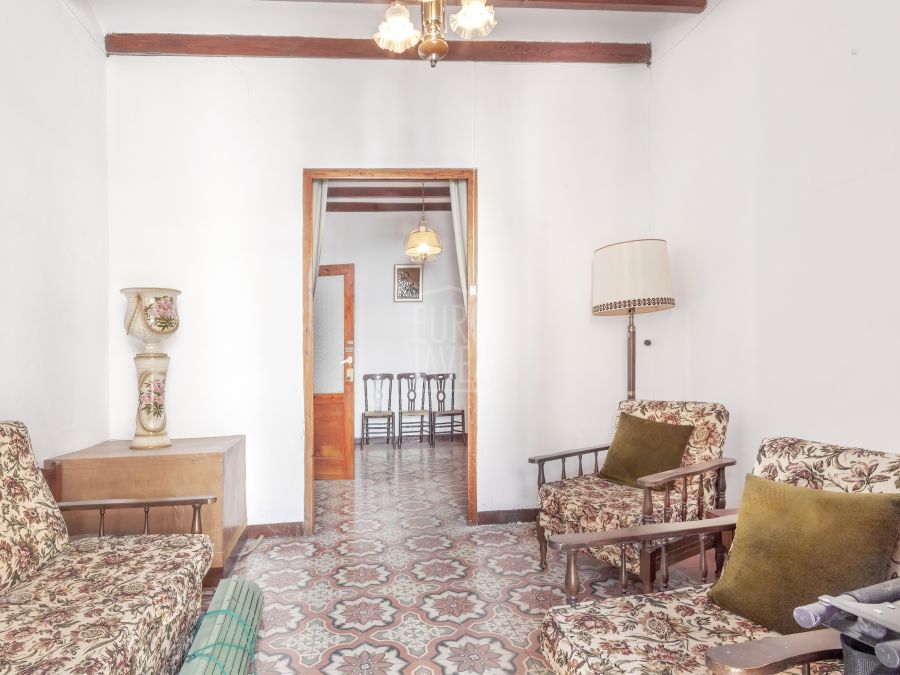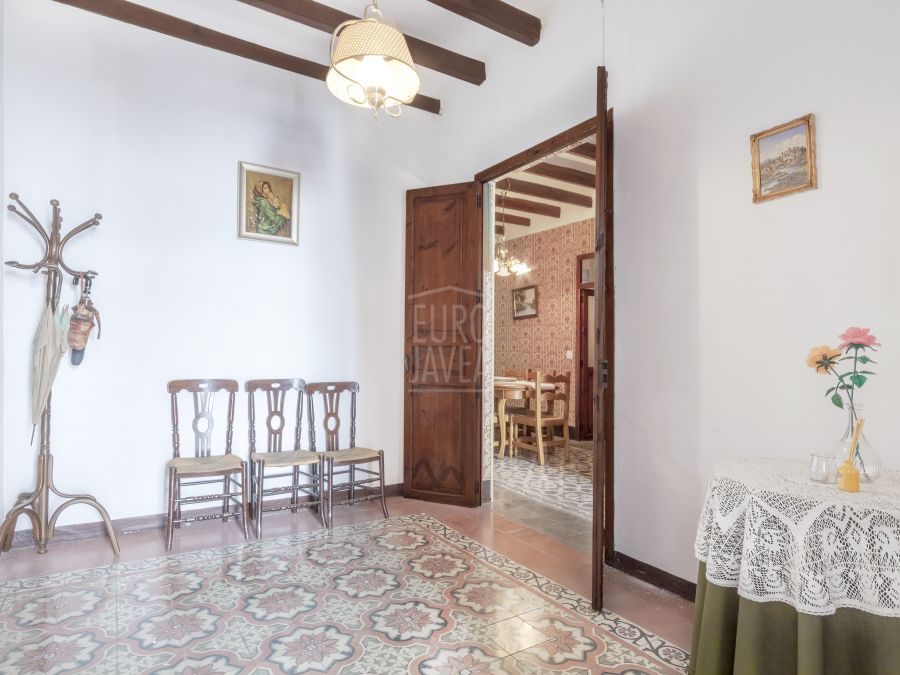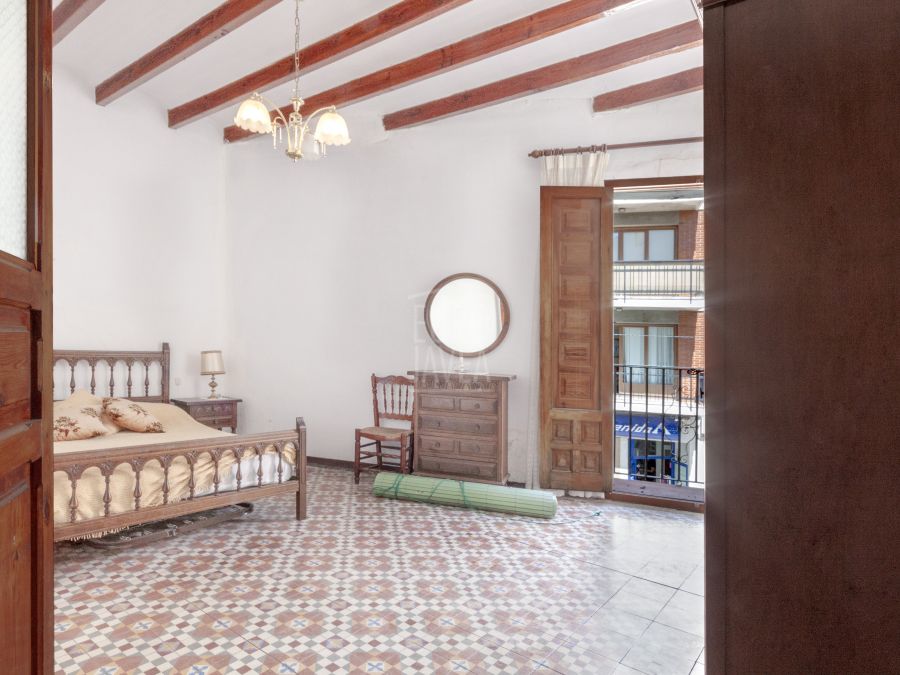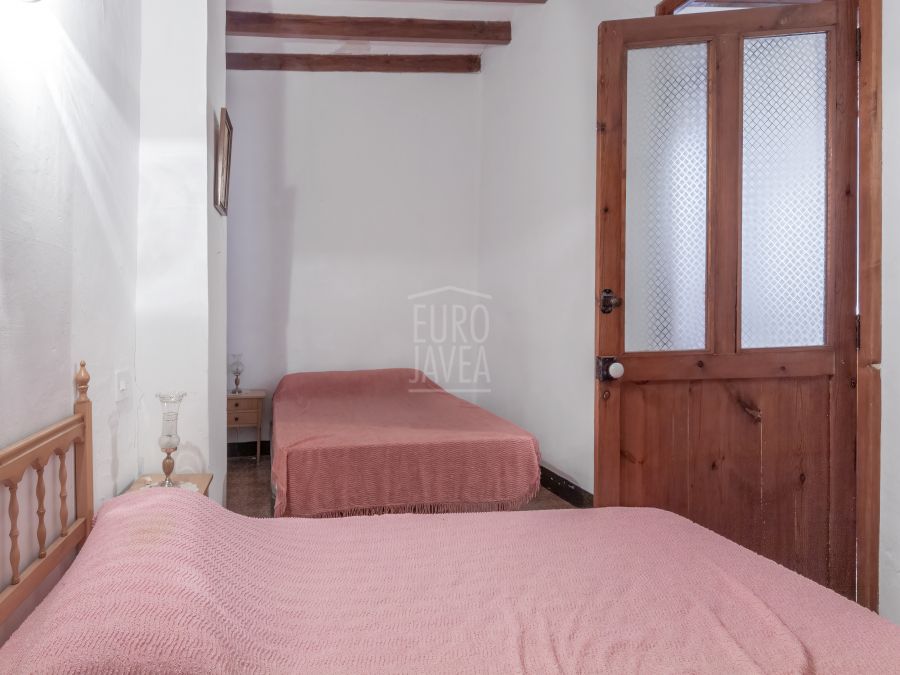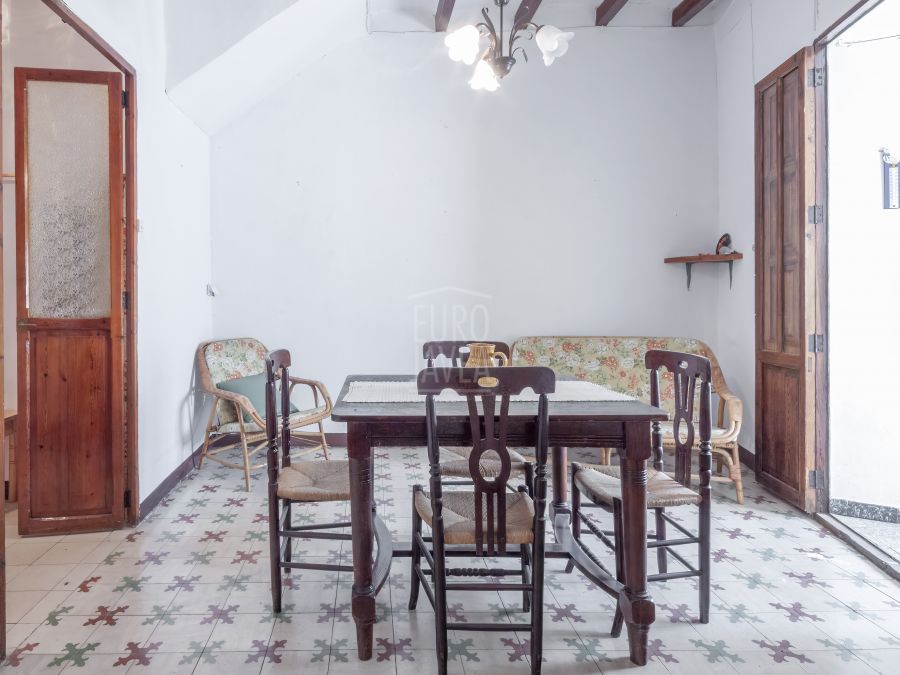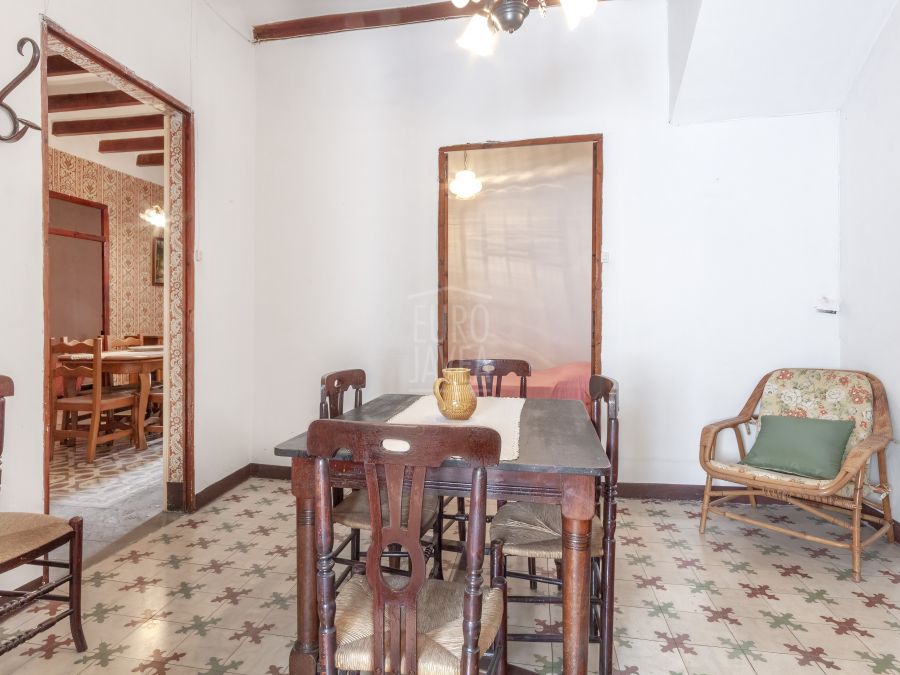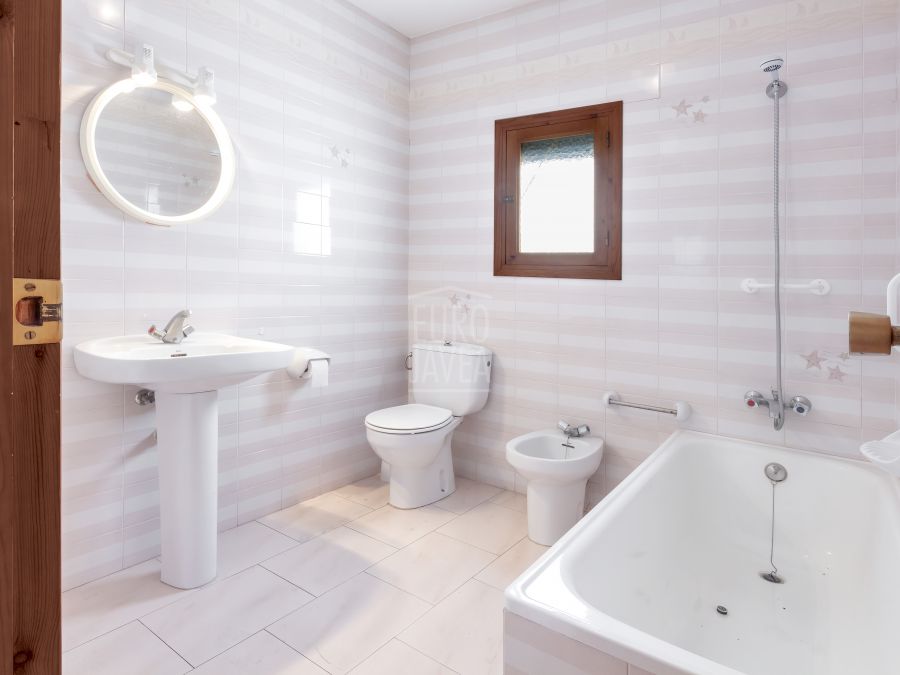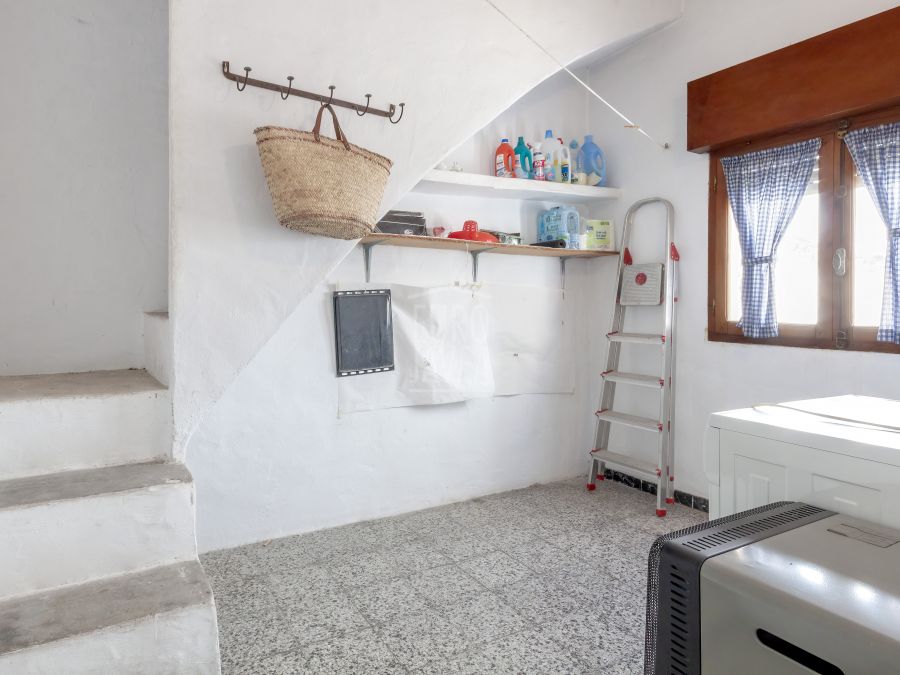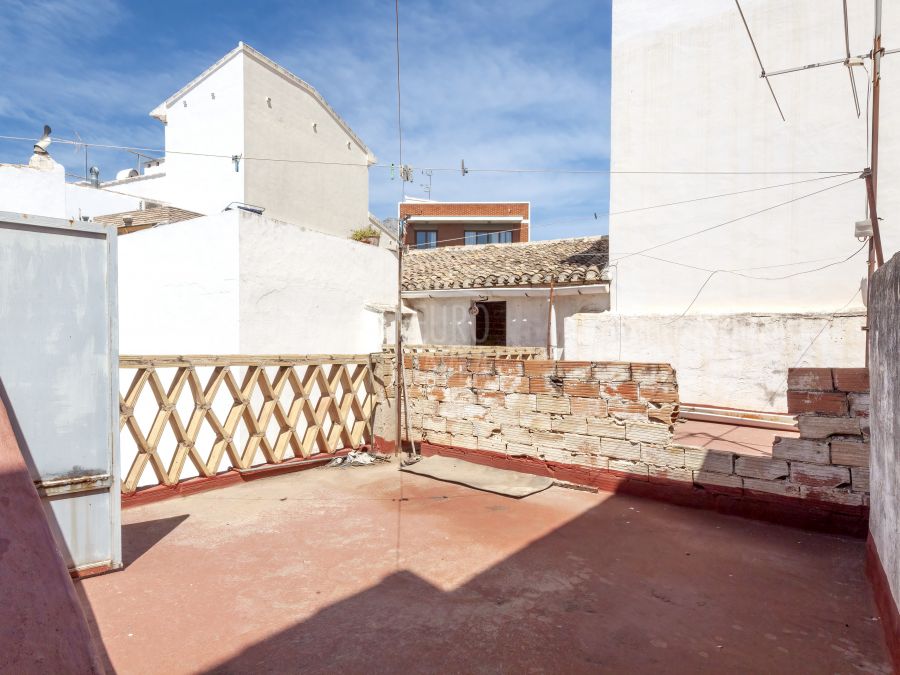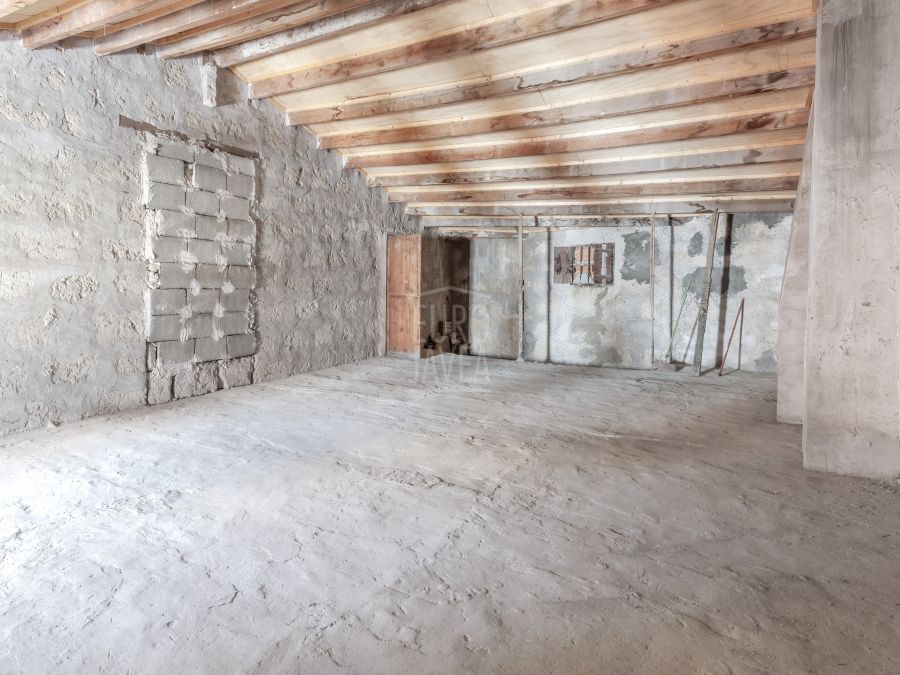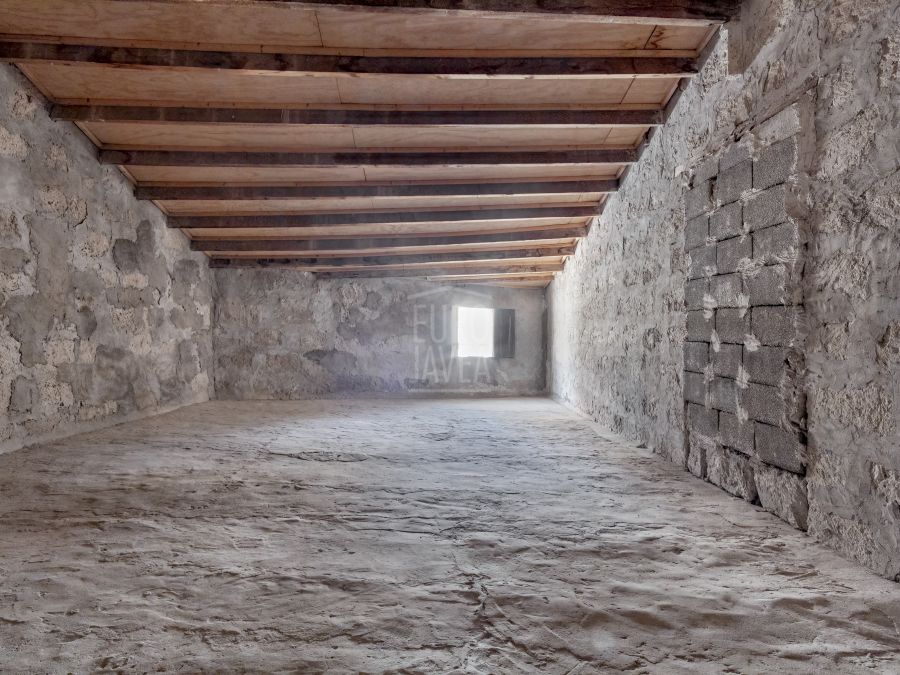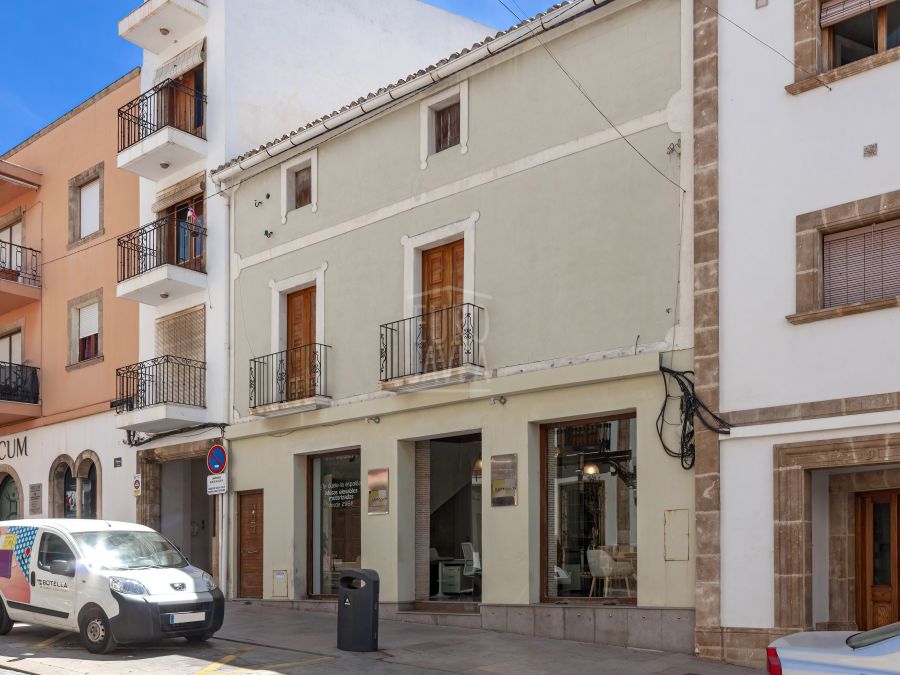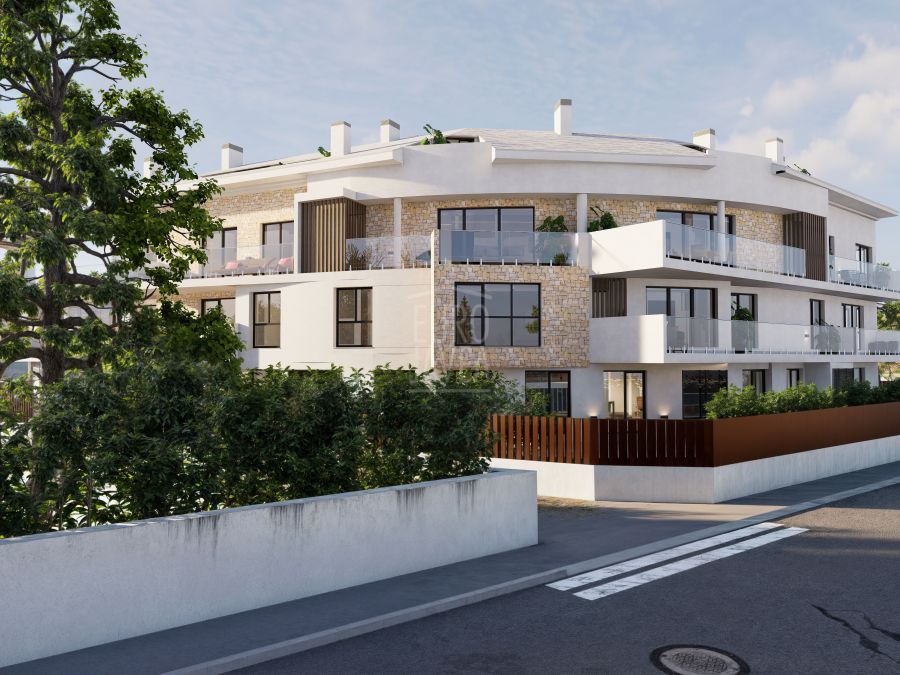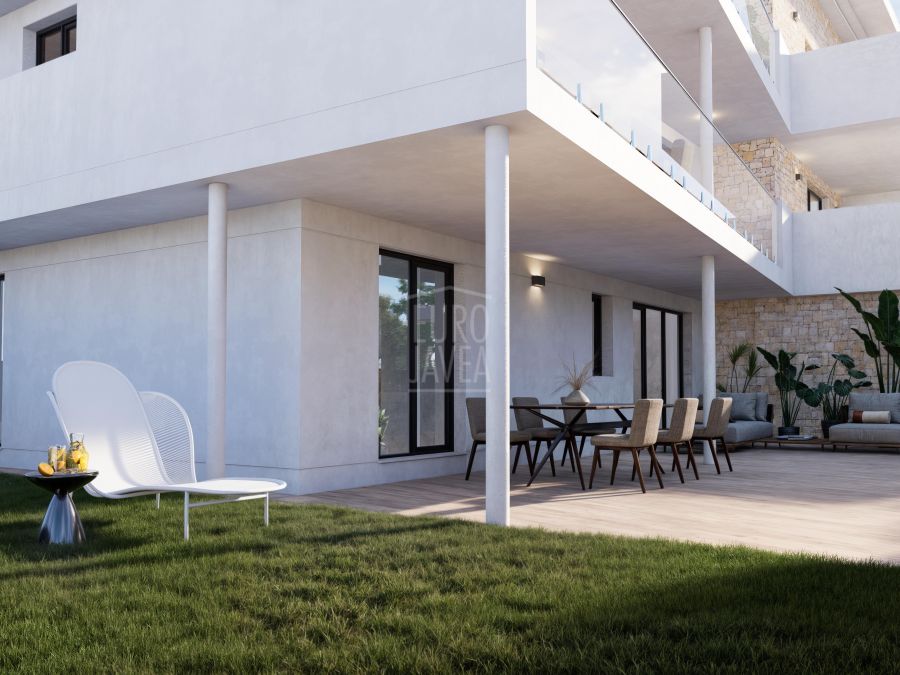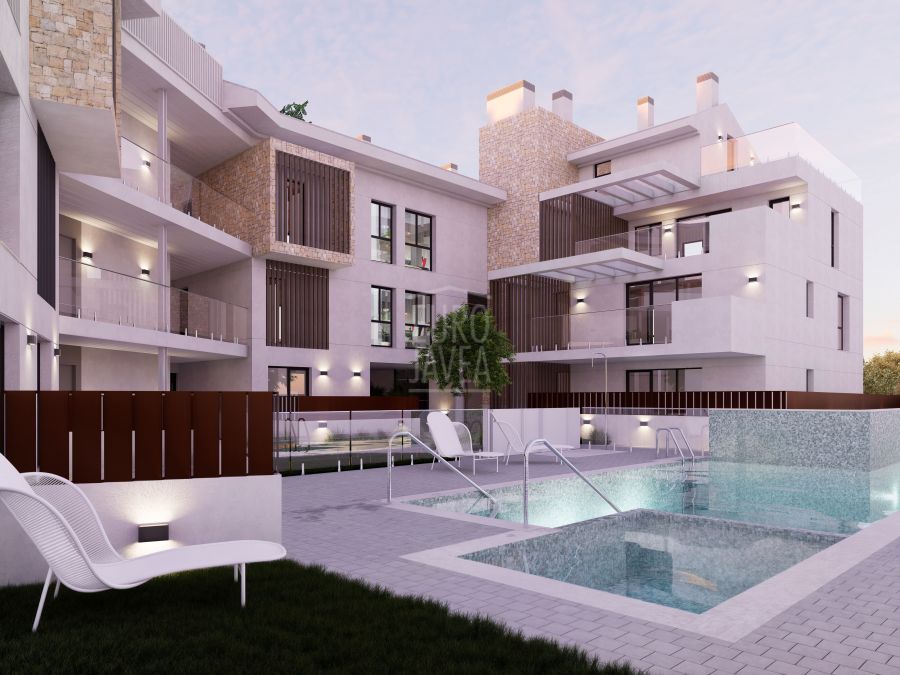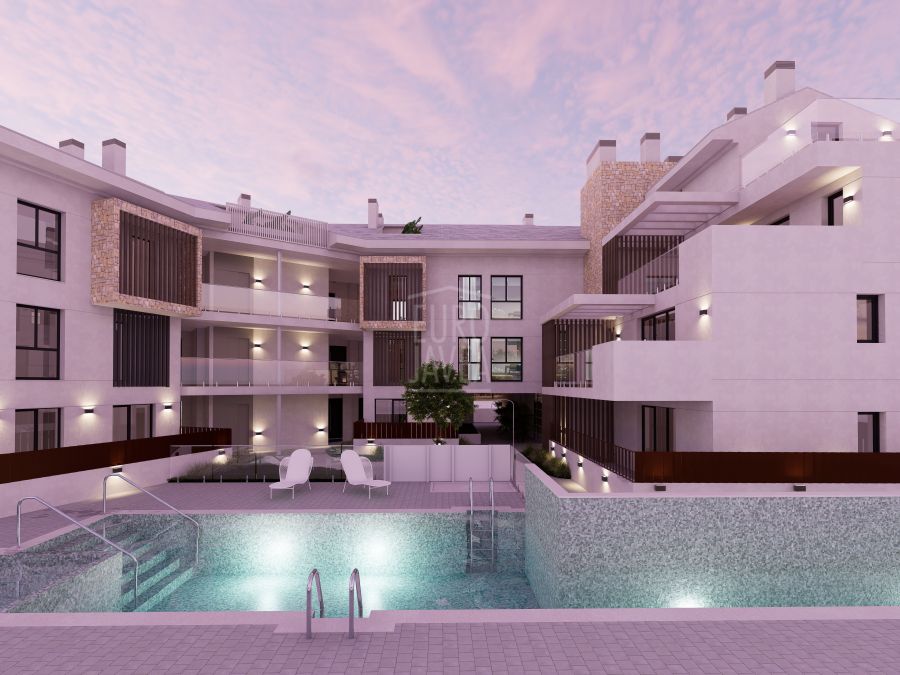Jávea, yesterday and today: the evolution of a traditional coastal town
- Tourism and construction activity are two key aspects in the development of this Alicante town
- Single-family homes are part of Jávea’s DNA, one of the great differentiators between the town and other destinations on the Valencian coast
Back in 1950, Jávea was a coastal town with a heavy focus on agriculture and fishing. It was from this time that the Costa Blanca-based town started to take off, increasing both in population and in tourism. The final decades of the 20th century saw the construction of a second beach zone and inland urban developments.
The start of the current century brought Jávea into a golden age of construction: almost 1,000 newly built homes extending to a third line from the beach, new urban developments and an added novelty: luxurious homes set on clifftops and on the hillsides.
During the last decade, up to 2015, the construction of new homes slowed, but has started up again in recent years, with up to 100 properties constructed on individual plots each year.
1.In 2021, 30% of urban plots in Jávea remain undeveloped
One of the most striking facts (according to the Land Registry Directorate General) is that, in spite of the high levels of construction and the real estate boom, 30% of Jávea’s urban plots are still to be developed.
It’s also worth highlighting the high percentage (almost 50%) of single-family homes, a unique dwelling type that gives the town a very different feel to that of other towns in and around Valencia. Not surprisingly, this figure is almost double that of any of the most tourist-dominated towns in the area: Torrevieja (10%), Orihuela (22%) and Benidorm (3%). Only Benitachell or Teulada, places with similar characteristics and markets, are comparable.
2.City divisions: real estate market performance in Jávea
Unlike other towns, Jávea’s uniqueness is based on two key elements: environmental factors and the characteristics of the individual properties. The first concerns the location, the views and the property’s integration with nature, while the second focuses on the architectural and design features as well as the structure and plot.
One aspect to bear in mind is the uniqueness of the properties, given that properties in Jávea can vary so much: homes may extend over anything from 300m² to 5,000m², and villas cost anything from half a million to 14 million. In view of these differences, in our report ‘Analysis of the residential real estate market in the city of Jávea’, we have used the existing demarcation to enable us to work not only with housing market data but also with socioeconomic data.
Likewise, as the categorisation by the Spanish Statistical Office (INE) is limited, we have opted in our report to use the criteria published in 2021 by the Land Registry Directorate General, with its 32 demarcated zones.
3. Jávea by zone
Block 1: downtown area and old town. This is the oldest part of the city, with much emphasis on collective housing built prior to 1980. Nevertheless, new properties are still being sold.
Block 2: areas further north, at the foot of the Montgó. Significant urban development took place here in the last century. Many properties are on large plots, extending over between one and three levels, and with a swimming pool. There are two distinct areas. The first is an expansion of Jávea in the 80s and 90s. The second includes the Montgó and the Ermita, with single-family homes on large plots that date back to almost 40 years ago.
Block 3: beachfront (cliffs and Arenal area). Much of the area in this block experienced growth in the last century, although new plots continue to be built. The zones that make up this area are: beachfront to Arenal (high-rise building); first line of properties with views to the south and the west; Granadella Beach; Mar Blau; Portitxol (closest area to the sea); beachfront on Avenida Ultramar and on Avenida del Mediterráneo.
Block 4: all inland urban developments. Many of these still have incredible views of the sea and the natural landscape, and almost all have very large plots. The areas within this block are: the zone including the urban developments of Balcó al Mar, part of El Tossalet and Cap Martí; the area encompassing Valle del Sol and La Finca; El Toscal and El Portitxol; the residential areas of Sol del Este and El Rafalet; the Les Cansalades urban developments and the Entrepinos area and part of Costa Nova.
Block 5: second line from beach (both north and south of Arenal). These are the areas of urban expansion of the last 40 years, much of which are collective housing with plots that range from 80 to 115m². The areas included in this block are: the inland zone in front of Arenal beach; the inland zone of the second line from the beach to the north of Arenal; second line from the beach south of Arenal; the Duanes de Mar zone and the Gorgos River area.
Block 6: luxury developments and sea views. These are the most sought-after areas of Jávea, where plots are scarce. The main developments are, on the one hand, the Urbanización La Corona, with plots that have been built at different times, with resulting disparities in excess of 1,000m², and on the other, the first line from La Caleta Street in the upper area of the port.
